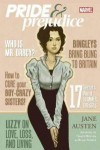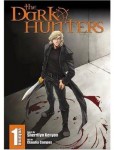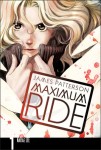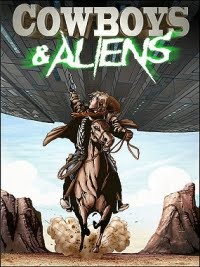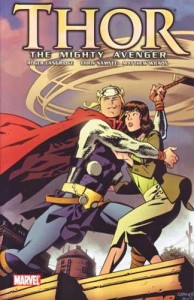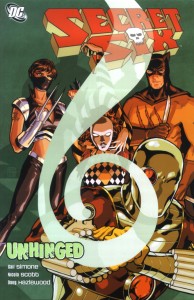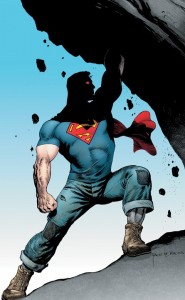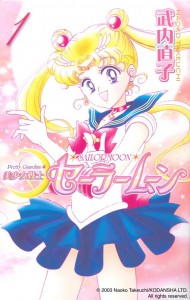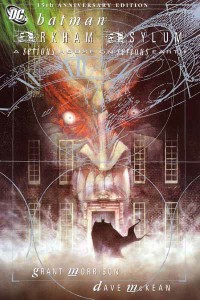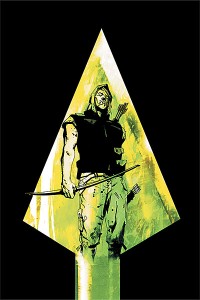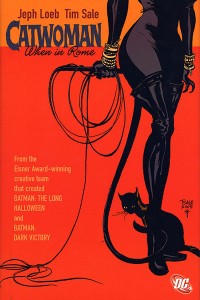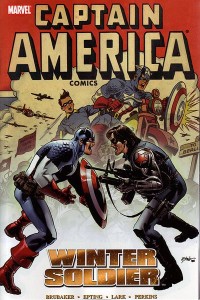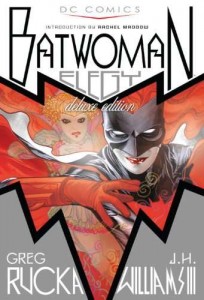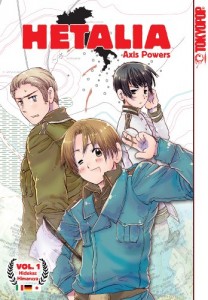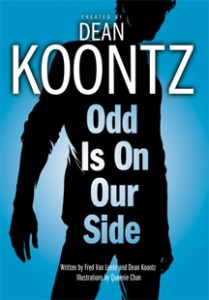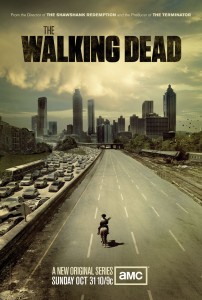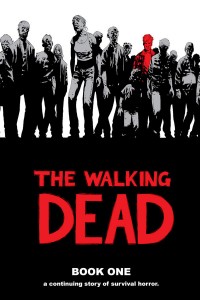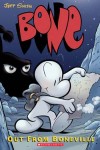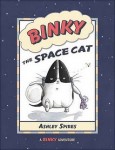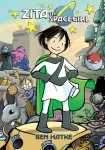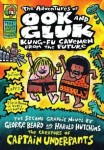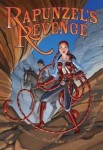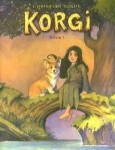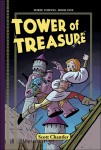DREDD Is Coming
Tuesday, July 10th, 2012 The Judge Dredd comics are getting the Hollywood treatment. It’s a classic series for good reason, so I hope the movie brings readers to the source. Unfortunately, it was made into a terrible movie in 1995, starring Sylvester Stallone and Rob Scheider.
The Judge Dredd comics are getting the Hollywood treatment. It’s a classic series for good reason, so I hope the movie brings readers to the source. Unfortunately, it was made into a terrible movie in 1995, starring Sylvester Stallone and Rob Scheider.
The new movie, called Dredd, coming September 21, looks like it will be much better, because it stars Karl Urban, who always brings intelligence, and when necessary menace, to his varied roles. He has quite an acting challenge, since Dredd never goes without his helmet, which covers his eyes. Stallone opted to ignore this characteristic and ditched the helmet. Urban, however, believes the helmet is essential.
Also, Alex Garland wrote the script. He’s no stranger to thoughtful sci-fi given his novel (and the subsequent film) The Beach (Penguin/Riverhead, 1998) and his screenplay for Never Let Me Go, based on the Kazuo Ishiguro novel.
The Dredd trailer released recently and already there is talk of sequels.
Official Movie Site: DreddTheMovie.com
Hollywood is continually signing up comics, with the hopes that one of them will be the next Batman, if you’re aiming for gravitas, or Avengers, if you’re aiming for a lighter tone. The question for library buyers is whether the resulting movies (if they actually come about) will hook readers on the originals.
Most movie fans seem to be happy to enjoy the movie’s universe, with no interest in going beyond that experience. Part of the blame falls on the publishers, who issue lackluster tie-in comics and maintain the currently running series with no obvious ways in to the stories. I find myself sending the few eager readers back to the classics, to those that inspired the filmmakers, rather than the new releases.
In the case of Dredd, I will recommend the collected original series Judge Dredd: Case Files by John Wagner, with outstanding art by Brian Bolland. There are five collections (the fifth was published in June), beginning with:
 |
|
The individual titles are available on OverDrive.
Movie tie-in:
 |
|
Note: The titles in this collection are available individually from OverDrive

